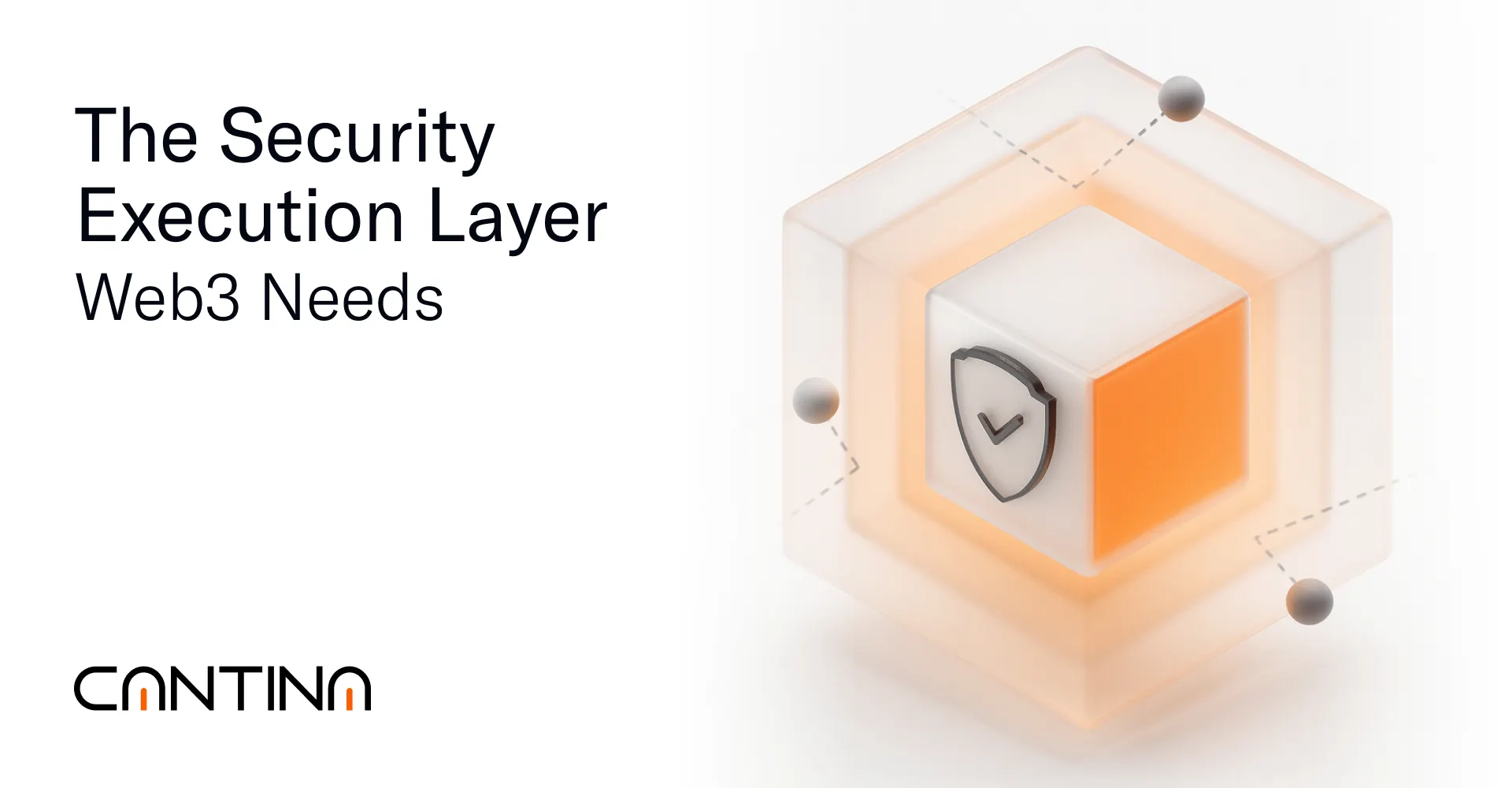As digital infrastructure evolves, Web3 protocols are no longer experiments. They carry user capital, manage governance at scale, and operate in irreversible environments. What the industry now requires is not only protection but coordinated execution.
Despite increased attention to audits, monitoring, and simulations, Web3 continues to experience critical loss events. In most cases, these losses do not result from unknown vulnerabilities. They stem from misaligned response, unowned authority, and fragmented execution across legal, engineering, and governance functions.
Web3 does not lack detection tools. It lacks structural coordination.
Security Gaps Are Operational
In 2025 alone, the ecosystem has experienced multi-billion dollar losses tied to credential compromise, validator mismanagement, and configuration failure. Many of these incidents were detected in real time. Most were not contained. The outcome was not driven by signal fidelity but by the inability to act under pressure.
When protocols reach a certain scale, the traditional security model no longer holds. Fragmented spreadsheets, unsynchronized tooling, and ad hoc communication cannot support capital-intensive systems with global users and 24/7 exposure. Organizations do not need more alerts. They need structured command.
Cantina Builds the Operational Infrastructure for Security
Cantina is a full-stack security coordination system. Designed for organizations that manage value, operate critical infrastructure, or prepare for regulated participation, Cantina provides the systems required to define authority, execute response, and demonstrate readiness.
The platform includes:
A secure review interface for scoped access, structured findings, and traceable collaboration. Every comment, escalation, and change is logged. Visibility is maintained from triage through delivery.
Managed Detection and Response
A crisis-readiness system designed to support custody, response, and resolution. Teams map roles, test decision paths, and build defensible incident workflows before exposure compounds.
A due diligence framework that translates security posture into institutional language. It provides the scoring, reporting, and control mapping required by external stakeholders.
Each system operates independently. Together, they represent a modern operating model for Web3 security coordination.
The Institutional Standard
Institutions do not deploy capital without clear escalation paths. They do not trust systems where roles are undefined. They require response plans that have been tested, audited, and rehearsed.
Web3 protocols seeking to meet this bar must establish operational readiness as a baseline. That readiness is not measured in completed reviews or signed PDFs. It is demonstrated through coordination, communication, and control under pressure.
This shift is underway. Cantina has partnered with protocols and institutions preparing for high-value launches, cross-border custody, and regulatory scrutiny. Organizations like EigenLayer, Plasma, and Aionex use Cantina to validate system posture and execute confidently during critical moments.
Where Web3 Security Evolves Next
The future of decentralized infrastructure is not reliant on detection alone. It depends on clarity.
As tokenization expands, protocols will face increased scrutiny. As custody responsibilities increase, coordination will become essential. As composability deepens risk, response cannot remain theoretical.
Web3 must operate like infrastructure. Not because the architecture demands it, but because the capital now involved requires it.
Security will not be solved by isolated tooling. It will be solved by structured collaboration.
Cantina exists to support that transition.
Connect with our team to see how your organization can implement coordinated security systems before they are tested by live exposure.




